Eco-friendly cooking was one of the areas I focused on during the lockdown. Being at home non-stop with my three little ones and my husband meant cooking three eco-friendly meals every day for several weeks. My husband sometimes helped, but still, I have never needed to cook as much as I did last month. Usually my kids eat 4 times per week at school. We also go out to eat once per week as a family. And we sometimes have meals out with our friends. In addition, I go on date nights with my husband, discussed in my post on being greener as a couple. Since preparing meals has been such an important part of my days lately, it presented a great opportunity to explore more eco-friendly cooking.
Job-well-done list of eco-friendly cooking
As usual, I started by acknowledging the green habits that I already practiced in the kitchen. For instance, we grow more and more of our own food, save and recycle water in the kitchen and use local organic vegetables. We also only eat meat-based products once or twice per week. Yet I had not focused on the process of preparing the meals as such. Having my hands more than full during the lockdown, I needed simple solutions. Here are 7 easy tips of eco-friendly cooking that I implemented:
Steam vegetables above the pot when boiling chickpeas or beans
Sylvia Tan praises how using residual heat has changed her cooking. She steams vegetables above the pot when cooking soups. I tried steaming vegetables while cooking chickpeas, and I was very happy with the result. It’s a great way to use the steam that otherwise goes to waste!
I saw some articles that suggested to do this when cooking pasta. Yet I felt that this might be too short a time for veggies to be well-cooked and decided to start with chickpeas. But for some veggies, pasta cooking time is certainly long enough.
Always cook with lids — a must for eco-friendly cooking
I have to admit that when frying things on a pan, I was careful and always used a lid to keep grease from splattering over the place. Yet when boiling things in water in the pots, I often “forgot” to use lids. However, Elaine Magee writes in her article about “going green” in the kitchen that “cooking without lids can use up to three times more energy.”
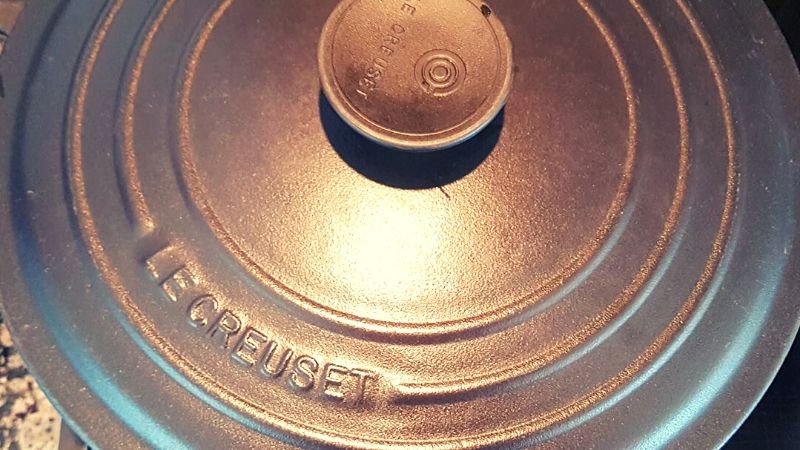
When I started to use lids systematically again, I realised why I had lost this habit. Cooking with lids presents a much higher possibility that the water will boil over. I learned this again the hard way, turning my stove into a swimming pool 
What I found out as a great compromise was to use the lid, but a well-fitted one. I also keep it a bit open and thus it does not cause the water to boil over.
Use the right size burner
This is a very simple and straightforward suggestion, mentioned for instance by Caitlin Cosper in her blog post on energy saving in the kitchen and Elaine Magee in her article about eco-friendly cooking. Yet I have to admit, sometimes I did not do this. I was too lazy to clean the little burner, and I opted for a bigger one that was cleaner. Or there was something already stored on a little one and I did not bother to place it somewhere else. Before our fast burner broke, I also mostly only used this one. Thus, excuses and excuses. Now I am more conscious and try to match the pot to the burner to cook in a more environmentally-friendly way and to save energy.
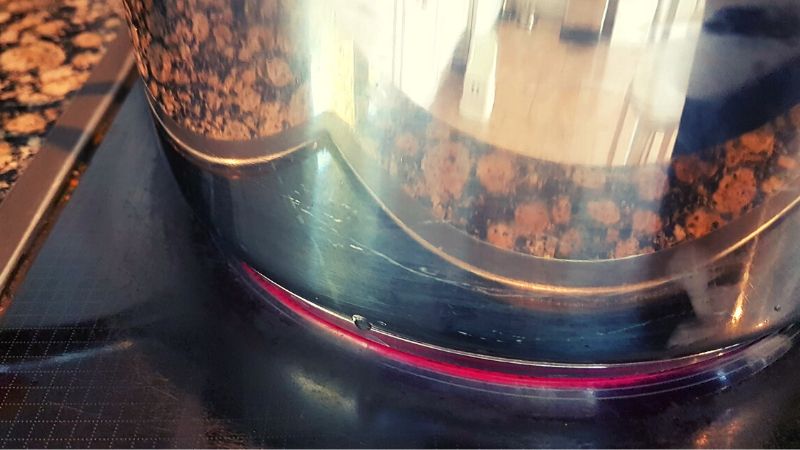
Cook once, eat twice
Krisha McCoy writes “cook once, eat twice” to save energy in her piece about environmentally-friendly meals. I used to do this occasionally, like with stew, but not systematically. Now I try to cook pasta, rice, couscous or potatoes for two meals. One reason was that I was not used to big heavy pots, like the one on the above photo. Now, some weeks into using these pots more heavily, I have fallen in love with them. I use the Le Creuset cast iron cookware, which is pricey but can be bought secondhand—another great eco-friendly habit!
Moreover, “make it last” is the number one top green kitchen tip by Treehugger, who writes, “choose cookware and utensils that stand the test of time.”
And cooking once and eating twice also saves a lot of time: -)
Switch off the heat a few minutes before the food is ready
Again, this very easy eco-friendly cooking suggestion makes an important difference. Sylvia Tan uses it as part of her approach to using residual heat, and Elaine Magee includes it in her list of eco-friendly cooking measures. I have been trying it now with most of my meals, and it has slowly started to become a new habit. This can be used for both the stove and the oven.
In case I need to re-warm a meal, I try to use the microwave instead of the oven or pan. Treehugger states that “Energy Star estimates that you can reduce cooking energy by as much as 80 percent when using the microwave instead of the oven.”
Use a pressure cooker for eco-friendly cooking
Treehugger writes about green kitchen tips that “Pressure cookers are another great way to save energy, reducing cooking time by up to 70 percent.” Well, well, I have to admit that I was not very pleased to see this suggestion on the list of eco-friendly tips. To make long story short, my husband had a pressure cooker, but he never used it. My mom did not have one, and I had never used a pressure cooker either in my life. When we moved a few years back, I convinced my husband to give away the pressure cooker. My husband said that apparently, after 20 minutes, someone took it from the shelf of things to give away in the neighbourhood. At the time, I thought, “Who would want to have something like that?”
I went to internet to look for pressure cookers and realized that the one I had given away was worth over 100 euros! To recover and make peace with my not-so-smart past decision, I said to myself that at least I did not throw it away but gave it to somebody who could use it. Thus, it was a kind of eco-friendly act, at least. And I bought a new secondhand one that I love and recommend, which also has a pan for steaming inside 

Eat more cold suppers – raw food saves energy
We have always enjoyed cold meals, but often they were just bread and cheese. My kids do not like green salads much, so I had also become lazy about preparing raw food. Now I decided to take out my grater

that I also use to grate cheese. I started to grate cabbage and other vegetables, and the chance that my kids eat them now increased a little bit!
I thought that eco-friendly cooking was a straightforward thing that could not lead to adventures as our experience with greener commuting did. Yet I do not know how exactly, but after some days of practicing eco-friendly cooking, I found a big crack on my stovetop! Maybe it cracked because I have been more using cast iron cookware or because I experimented with too much water on it. I had a choice to think that maybe universe wants to tell me that eco-friendly cooking might not be a way forward—or that it is time to think about replacing our 30-year-old stovetop with a more energy-saving one

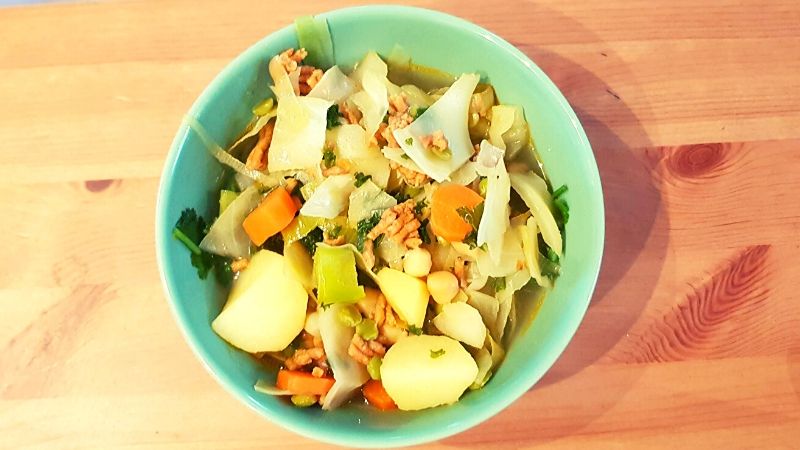
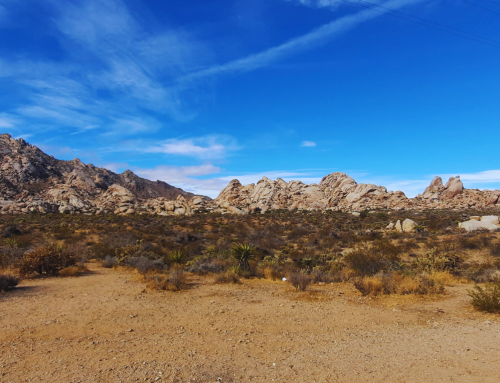
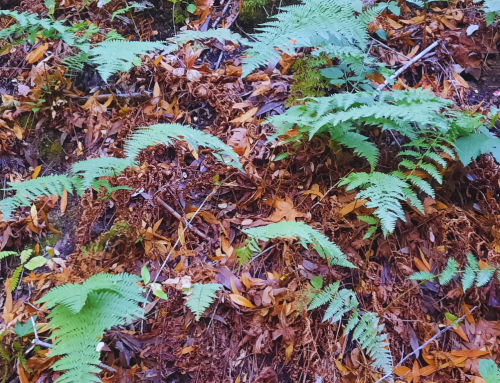

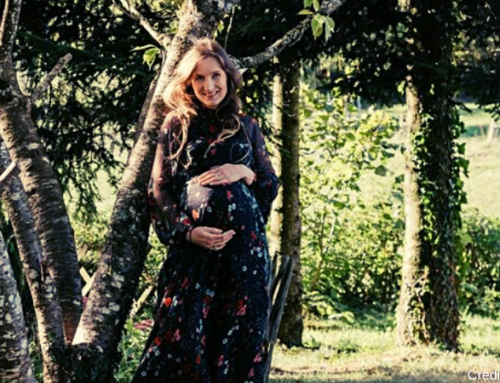

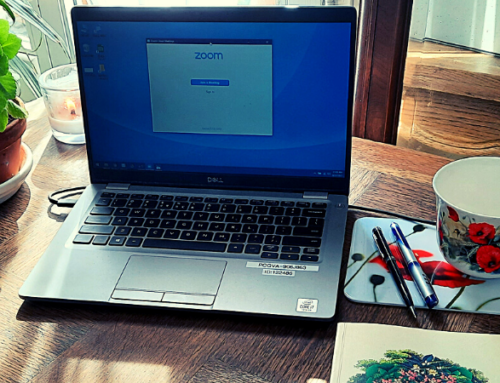
Thanks for the great tips. And the good news is I enjoyed your delicious food so thank you Nika!
Thank you Jim, I am glad that you liked the food that I made!